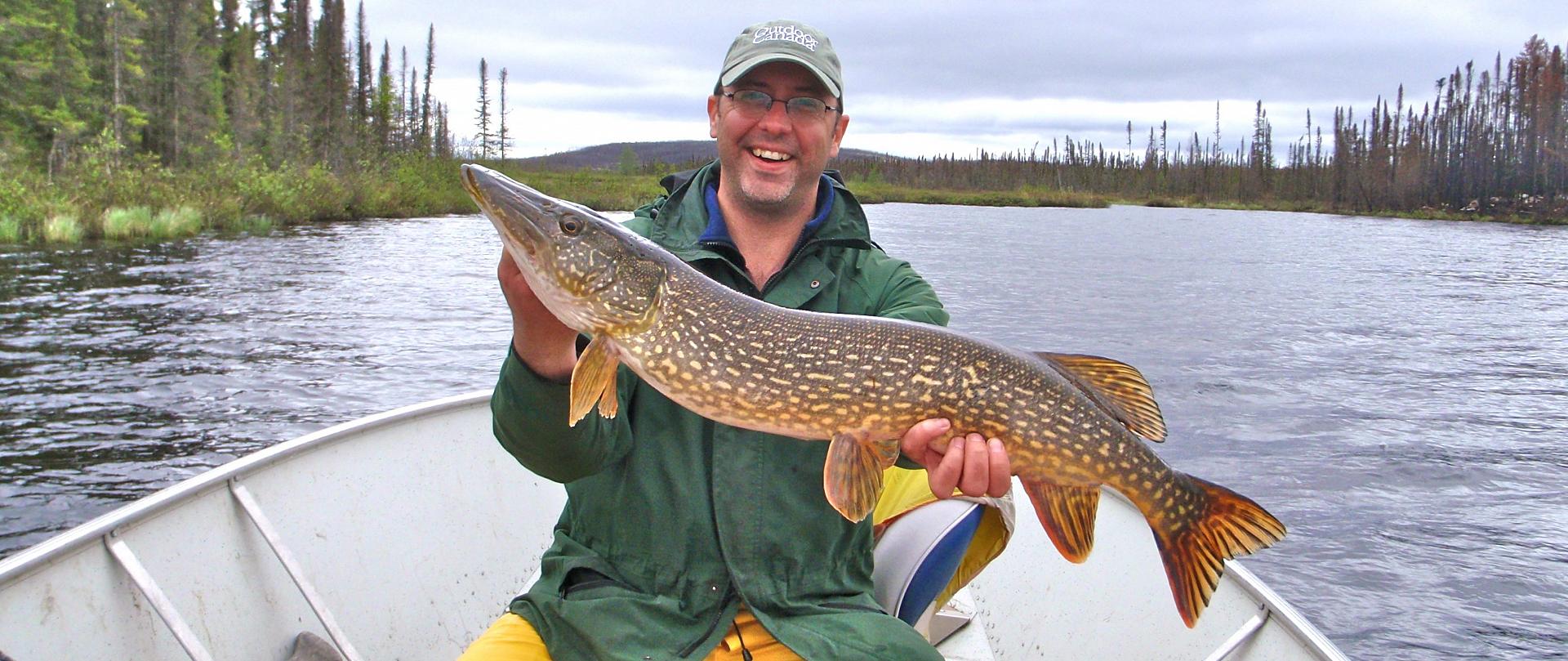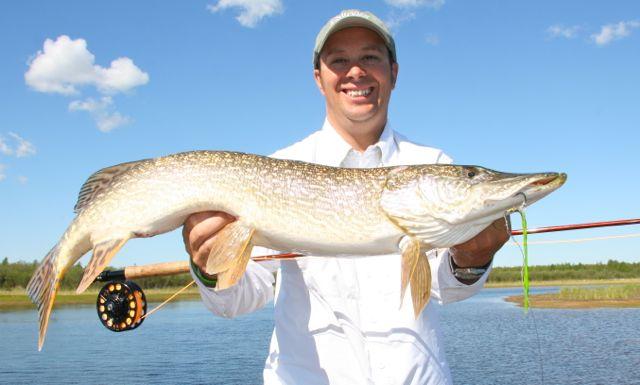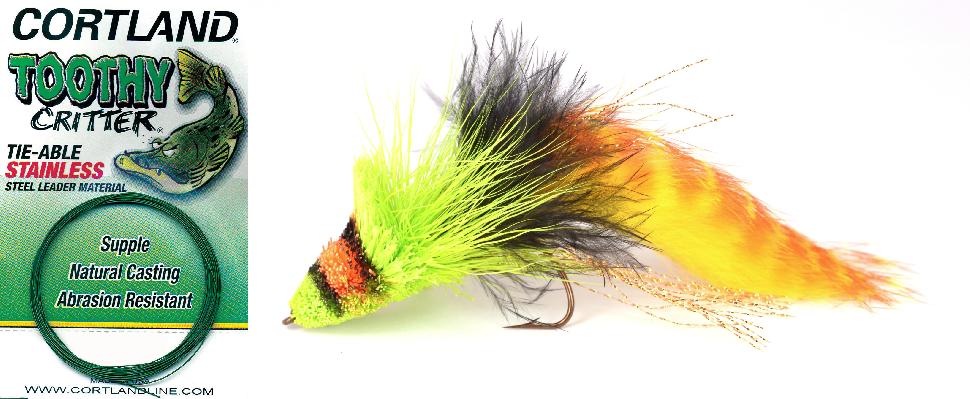OPENING-DAY GATORS
Secrets for fooling big pike with modified spoons, quick-strike rigs and fly tackle
Advertisement
#3 The Fly-fishing Formula
Is anything more electrifying than casting just ahead of a log-sized pike cruising in clear, ultra-shallow water, then watching as the behemoth devours your offering? It’s the stuff of angling dreams. And you can make it happen as soon as you can get into the back end of any shallow, weedy, reedy bay or cove, especially one with a creek, stream or river flowing into it. At the mouth, the moving water creates a lush delta of profusely growing grass, providing the pike with ideal cover.
Advertisement
Rod: A nine-foot-long 9-weight fly rod is the gold standard for early-season pike fishing, but an 8-weight rod will also work well, especially if the average-size fish is slightly smaller. Ditto for a 10-weight rod if you anticipate subduing the trophy of a lifetime.
Reel: A large-arbour fly reel that balances the rod is essential. It can hold a lot of backing to accommodate long runs, but the main advantage is that it lets you retrieve line quickly and control a runaway pike in shallow water.
Line: A weight-forward floating line is ideal for loading these big, powerful fly rods and delivering the large flies, both accurately and with minimal false-casting.
Advertisement
Leader: Early-season pike are not line shy, so attach a five- to six-foot length of abrasion resistant 40-pound test Maxima leader material. The floating properties of the monofilament, as opposed to the sinking nature of fluorocarbon, is a plus at this time of year. So is the slight stretch. Finish off the leader by attaching a 12-inch length of 25- to 40-pound-test titanium or tieable stainless steel wire (above, left) using a simple loop-to-loop knot connection.
Advertisement
Fly: Go for a big, long and gaudy pattern. Ice-out pike are not picky eaters, so start the day with a bright, colourful seven- to nine-inch streamer reminiscent of a Dahlberg Diver (above, right). If you have confidence in it, you’ll be successful. The rare times you encounter moody pike, switch to a long, slinky, black bunny strip streamer.
Technique: Because you’re stalking big fish in skinny water, it pays to watch carefully, move slowly and cast only when you spot a fish. Good polarized sunglasses are a godsend. When you spot a cruising pike, study the direction in which it’s moving, then lead the fish so your fly lands well ahead of it. Whenever possible, I like to position the boat so that I can bring my fly past the pike broadside, as opposed to pulling it towards the fish or away from it.
For more fantastic early-season action check out Gord Pyzer’s walleye wisdom: How to catch big walleye in spring—anywhere in Canada



